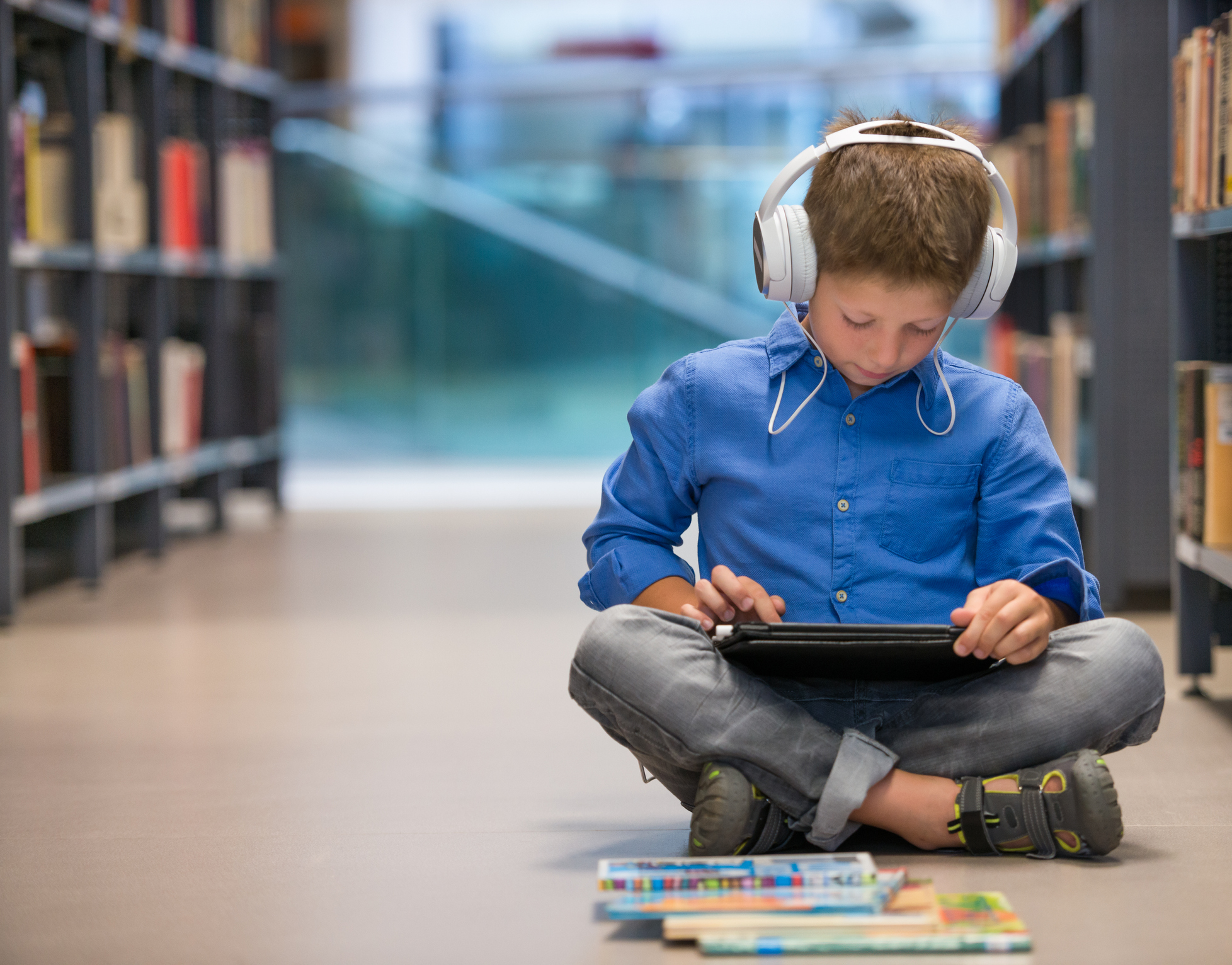Assistive and Adaptive Tools and Strategies for Learning
Assistive and adaptive technologies can help children succeed academically by meeting their needs so they can focus on learning, regardless of disability.
- Assistive technology is something that helps a person with a disability maintain or improve capability – for example, a walking stick or hearing aids.
- Adaptive technology is something specifically designed for users with disabilities, such as custom input devices for computer accessibility.
Both of these types of technology can be used for adapting a learning environment for students with special support needs, including intellectual and developmental disabilities. Below are a few other examples of commonly used strategies and tools for improving accessibility for students who need support.
Seating Choices
Exercise balls or seat cushions are a low-tech and inexpensive means of helping children with sensory processing disorder or attention-deficit/hyperactivity disorder (ADHD) by allowing them to burn excess energy and fidget quietly, increasing their ability to focus in the classroom without distraction.
Reading Guides
Reading guides can also help children who struggle with focusing on reading, or simply have trouble visually tracking their place on the page. A clear plastic window with an opaque border that blocks out surrounding text can keep a child’s eyes and mind more clearly focused on what they are trying to read.
Audio Support for Reading
For some children, an audio version of an e-book, a tablet with text-to-speech capabilities or a simple recorder for lesson times can provide support when they need extra help reading along in class or want to re-listen to a lesson at home. Many children benefit greatly from audiobooks as a learning tool, especially if they have a reading or sight impairment.
Graphic Organizers
If a student has a learning disability, the task of writing or organizing one’s thoughts can be a struggle. Graphic organizers can be a powerful, low-tech assistive technology tool for a student who needs to break down the task of writing into smaller pieces. There are several templates available, so finding one that suits your student’s preferences and needs can be quite simple.
Written Communication Supports
For some students, there’s a significant disconnect between what they want to communicate and what they’re able to communicate in written forms. Word prediction software (common in many modern word processing programs along with the usual suite of spell-check and grammar tools) and speech-to-text tools can help a child complete writing assignments with less frustration. This way, they are able to focus less on obstacles between their thoughts and paper, and more on communicating their thoughts and ideas clearly. This can be especially helpful for students with learning disorders, such as dyslexia or dysgraphia. Many smartphones and tablets today include such features without the need to install or purchase additional software.
A Push for Accessible Learning
Assistive and adaptive technologies are constantly expanding and becoming more and more available to people of all needs, with dedicated groups constantly pushing things forward to make the world more accessible. Local to Minnesota, MN-NEAT (Minnesota Network and Education for Assistive Technology) is a group dedicated to improved care and independence for all through use of technology.
More Information and Support
If you’re looking for support or more information on accessible learning options for students with special needs, such as an intellectual or developmental disability, consider scheduling a FREE consultation with a Family Navigator at Laura Baker Services Association. We can help you confidently make the best decisions for your family’s needs and goals through our Family Navigation Services program.

Keri Pofahl
Family Navigation Specialist
Direct: 507-323-5147 Main: 507-645-8866
